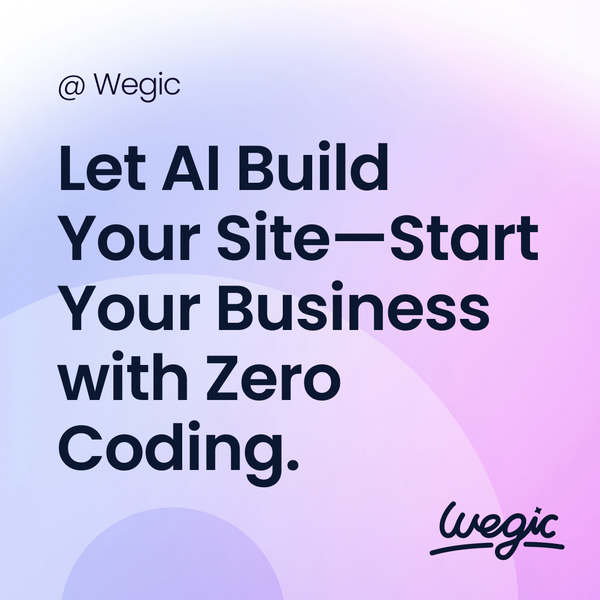How to Design a Website from Scratch Tips and Tricks
How to Design a Website from Scratch Checklist
How to Design a Website from Scratch
In today’s digital age, having a strong online presence is crucial for any business looking to succeed. However, building a website can be a daunting and time-consuming task, especially for those who lack technical expertise. This is where AI website builders come in – they offer a quick and easy way to create a professional-looking website without the need for coding knowledge. In this article, we will explore some of the best AI website builders available in the market today.

Quick How to Design a Website from Scratch Guide
How to Design a Website from Scratch
Wix is a popular website builder that is known for its user-friendly interface and drag-and-drop design capabilities. With Wix, users can choose from a wide variety of pre-designed templates that can be customized to fit their needs. Whether you’re looking to create a personal blog, online store, or portfolio, Wix has templates that cater to various industries and interests.
One of the main advantages of using Wix is its drag-and-drop editor, which allows users to easily customize their websites without any coding knowledge. With Wix, you can simply drag elements like text boxes, images, and videos onto your webpage and arrange them in the desired layout. This makes it easy for beginners to create a visually appealing website without having to hire a professional web designer.
Additionally, Wix offers a range of features that make building a website even easier. For example, Wix’s ADI (Artificial Design Intelligence) tool can automatically create a customized website for you based on your preferences. This is a great option for those who are short on time or design skills and need a website up and running quickly.
Wix also offers a variety of add-ons and integrations that can enhance your website’s functionality. From e-commerce tools for selling products online to marketing features for promoting your site, Wix has everything you need to create a professional website that meets your specific needs.
In addition to its easy-to-use design tools, Wix also provides excellent customer support to help ensure that your website-building experience goes smoothly. Whether you have a question about using a specific feature or need technical assistance, Wix’s customer support team is available to help you every step of the way.
Another key advantage of using Wix is its affordable pricing. Wix offers a range of pricing plans to suit different needs and budgets, making it a cost-effective option for individuals and businesses alike. Whether you’re looking to create a simple personal website or a feature-rich e-commerce site, Wix has a plan that fits your requirements.
Overall, Wix is a great choice for those looking to build a website quickly and easily. With its intuitive design tools, customizable templates, and range of features, Wix makes it simple for anyone to create a professional-looking website without the need for advanced technical skills. Whether you’re a small business owner, blogger, or freelancer, Wix has everything you need to create a stunning website that showcases your brand or personality.
What is SEO?
SEO is the process of optimizing your website in order to improve its visibility in search engine results. By using relevant keywords and creating high-quality content, you can increase your website’s ranking in search engine results pages (SERPs). This, in turn, can drive more organic traffic to your website, leading to more leads and conversions.
Types of SEO
There are three main types of SEO: on-page, off-page, and technical. On-page SEO involves optimizing your website’s content and structure, including keyword research, meta tags, and internal linking. Off-page SEO refers to strategies used to promote your website outside of your own website, such as backlinking and social media marketing. Technical SEO involves optimizing your website’s backend, including site speed, mobile-friendliness, and crawlability.
Keyword Research
Keywords are the foundation of any successful SEO strategy. By researching and targeting the right keywords, you can attract the right audience to your website. Start by using keyword research tools such as Google Keyword Planner or SEMrush to find relevant keywords with high search volume and low competition. Once you have a list of keywords, incorporate them into your website’s content, meta tags, and URLs.
Content Creation
Content is king when it comes to SEO. High-quality, relevant content can drive traffic to your website and improve your search engine ranking. Create engaging blog posts, articles, and videos that provide value to your target audience. Use your targeted keywords strategically throughout your content, but avoid keyword stuffing, as this can negatively impact your SEO efforts.
On-Page Optimization
On-page optimization involves optimizing your website’s content and structure to improve its visibility in search engine results. Use relevant keywords in your meta tags, headings, and content. Create unique, descriptive meta titles and meta descriptions for each page on your website. Improve your website’s user experience by optimizing its loading speed, mobile-friendliness, and navigation.
Off-Page Optimization
Off-page optimization involves promoting your website outside of your own website to improve its authority and credibility. Build backlinks from reputable websites in your industry by guest posting, submitting your website to online directories, and participating in forums and communities. Use social media to share your content and engage with your audience.
Technical SEO
Technical SEO involves optimizing your website’s backend to improve its crawlability and indexing by search engines. Improve your website’s loading speed by minifying CSS and JavaScript files, compressing images, and enabling browser caching. Make sure your website is mobile-friendly and responsive, as Google gives preference to mobile-friendly websites in search results. Create a sitemap and submit it to search engines to help them find and index your website’s pages.
Monitoring and Analysis
Once you have implemented your SEO strategies, it’s important to monitor and analyze their performance. Use tools like Google Analytics and Google Search Console to track your website’s traffic, keywords, and ranking in search engine results. Analyze your data regularly to identify trends, optimize your strategies, and improve your website’s performance.

How How to Design a Website from Scratch Works
How to Design a Website from Scratch
Conclusion
Web design is a critical component of creating a successful online presence and can significantly impact the performance of your website. By following best practices in web design and focusing on user experience, you can create a visually appealing, user-friendly, and functional website that attracts and retains visitors, drives conversions, and enhances brand reputation. Remember to define your goals, know your audience, keep it simple, optimize for mobile, use high-quality visuals, ensure clear navigation, prioritize loading speed, and test and iterate for continuous improvement. With these tips in mind, you can create an effective website that stands out in the digital landscape and drives success for your business.


